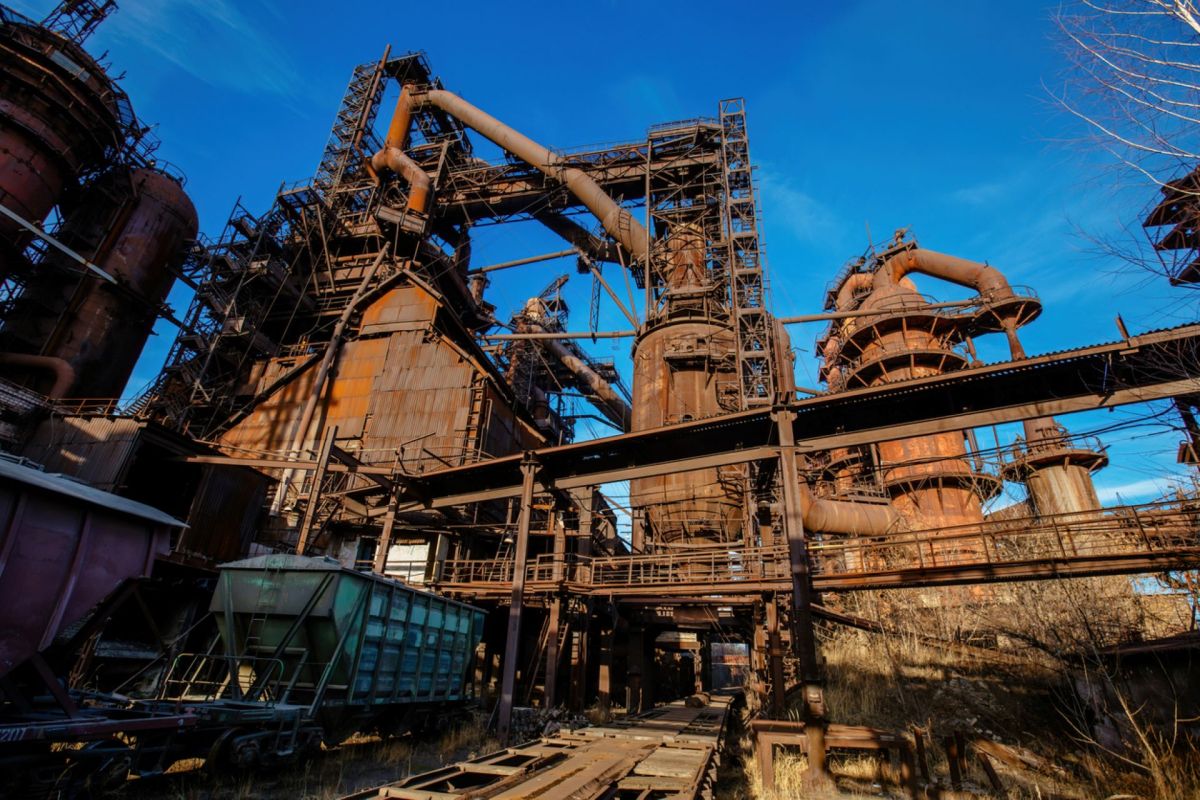From the ashes of an abandoned steel mill, a new renewable energy battery manufacturing plant is bringing fresh opportunities to West Virginia in a poetic win for the community and the environment.
Through climate-driven policies like the Inflation Reduction Act, green investments are breathing life back into declining towns that once thrived on coal and steel.
Specializing in cost-effective, multi-day energy storage systems, Massachusetts-based Form Energy broke ground earlier this year on a manufacturing plant in Weirton, W.Va. The plant will produce iron-air batteries that run on iron, water, and air rather than costly lithium and can store electricity for 100 hours — or more than four days.
Advances in multi-day energy storage could allow the nation's power grid to run on low-cost renewable energy sources all year.
Made possible in part by clean energy provisions in the IRA implemented by President Biden in 2022, Form Factory 1 expects to create more than 750 permanent, well-paying jobs. The economic boost from the new facility is an important stepping stone toward revitalizing the area.
Established in the early 1900s and peaking in the 1940s, the Weirton Steel Company was once the state's largest employer and taxpayer. The mill's decline as the market shifted to cheaper foreign steel began in the 1970s and eventually led to the company filing bankruptcy in 2003.
The fallout left "heartbreaking" effects on the surrounding community, president of the United Steelworkers Local 2911 Mark Glyptis told The Guardian. "It changed the landscape and the community has suffered significantly," he said.
People had to either leave the community or transition from high-paying production jobs to service-based employment, which paid far less.
"That's the story of Appalachia: never fully benefiting from the rich natural resources that are there," Ted Boettner of the Ohio River Valley Institute said regarding the area's long history of disenfranchisement by the dirty energy industries.
The IRA delegates manufacturing tax credits for green energy developers investing in former coal and steel communities. The IRA also sets wage and working condition standards that companies must meet to qualify for the highest tax incentives.
With more than 2,000 acres still available on the former steel mill site near highways, an airport, and the river, the location is an attractive option for future development.
Appalachians like Glyptis are hopeful the change will provide the community with a brighter path forward, as he told The Guardian, "There'll be significant opportunities for our children to prosper."
Join our free newsletter for weekly updates on the coolest innovations improving our lives and saving our planet.









